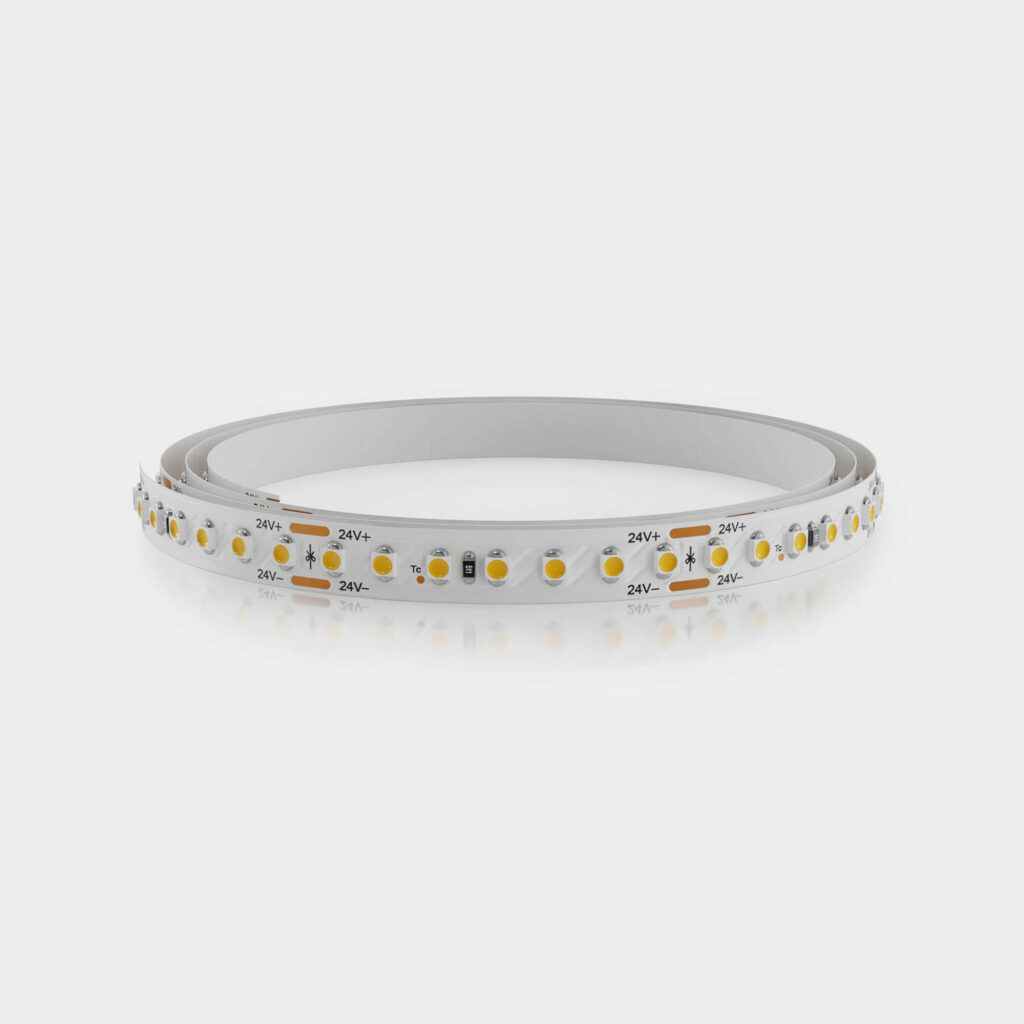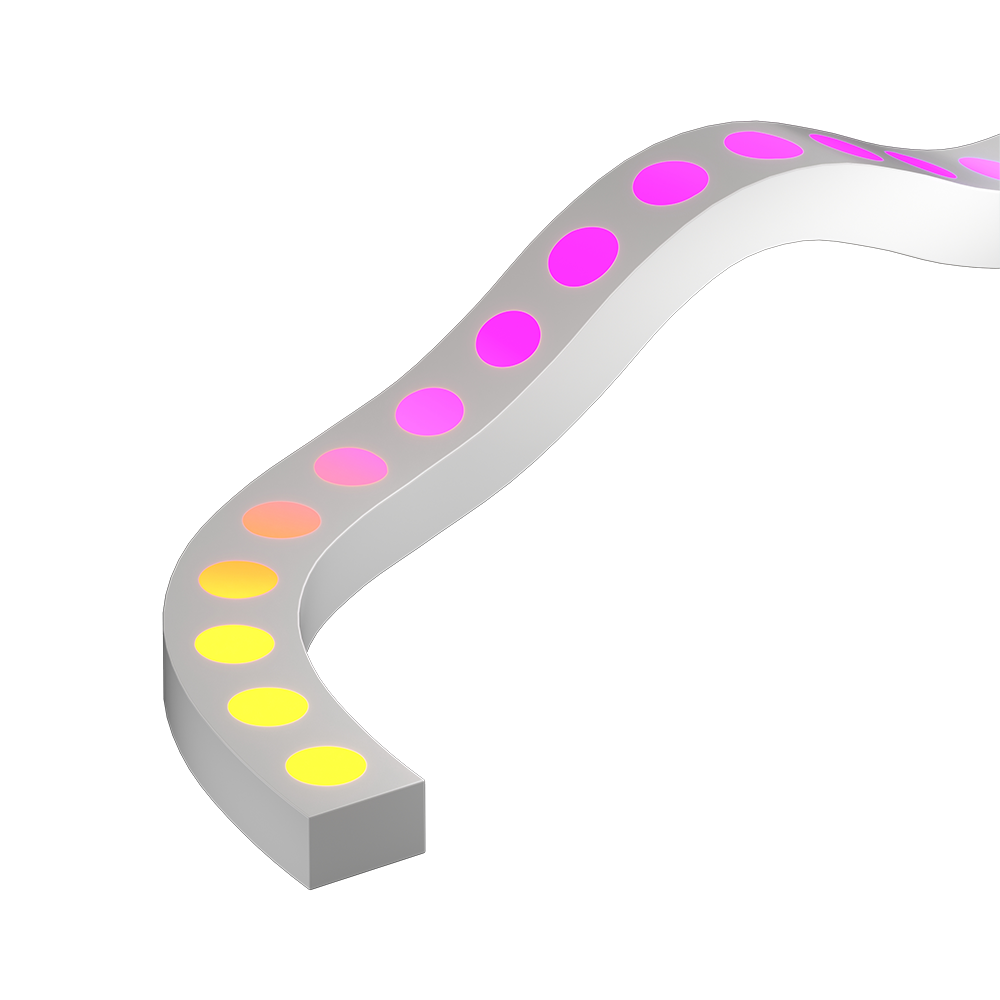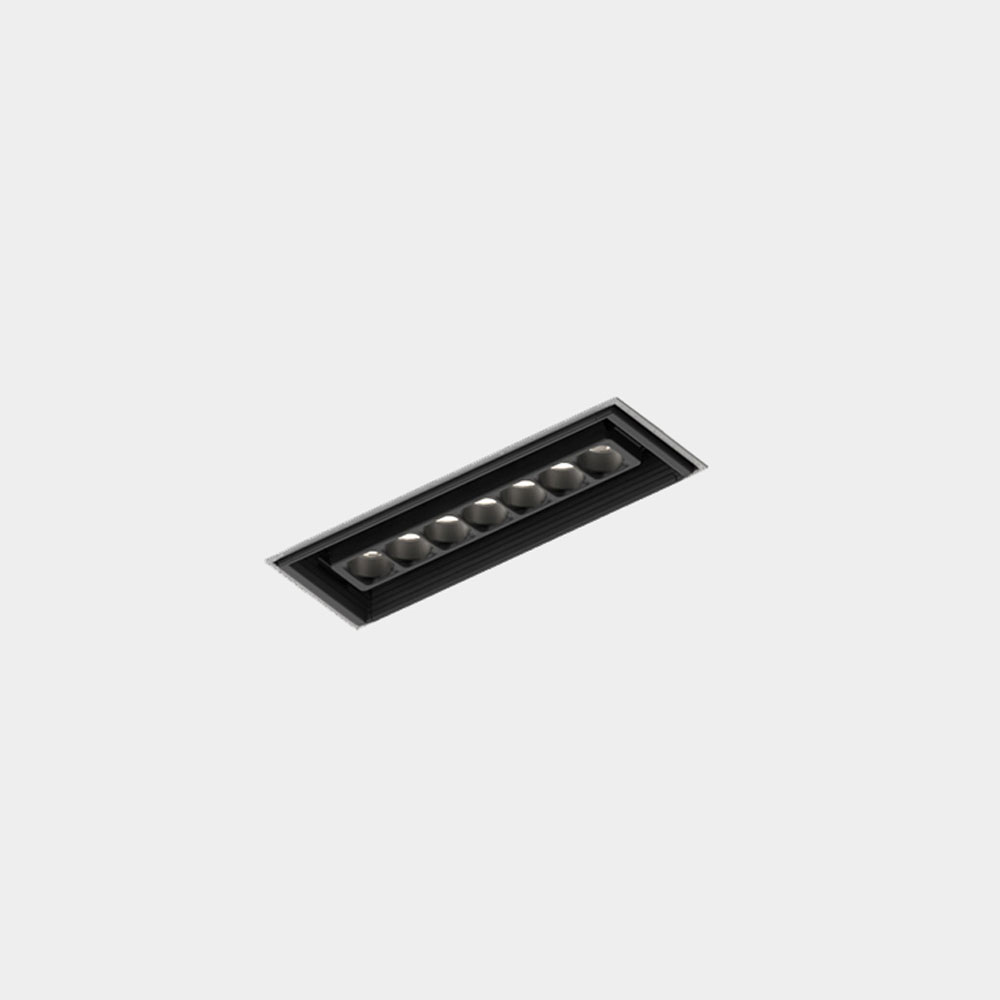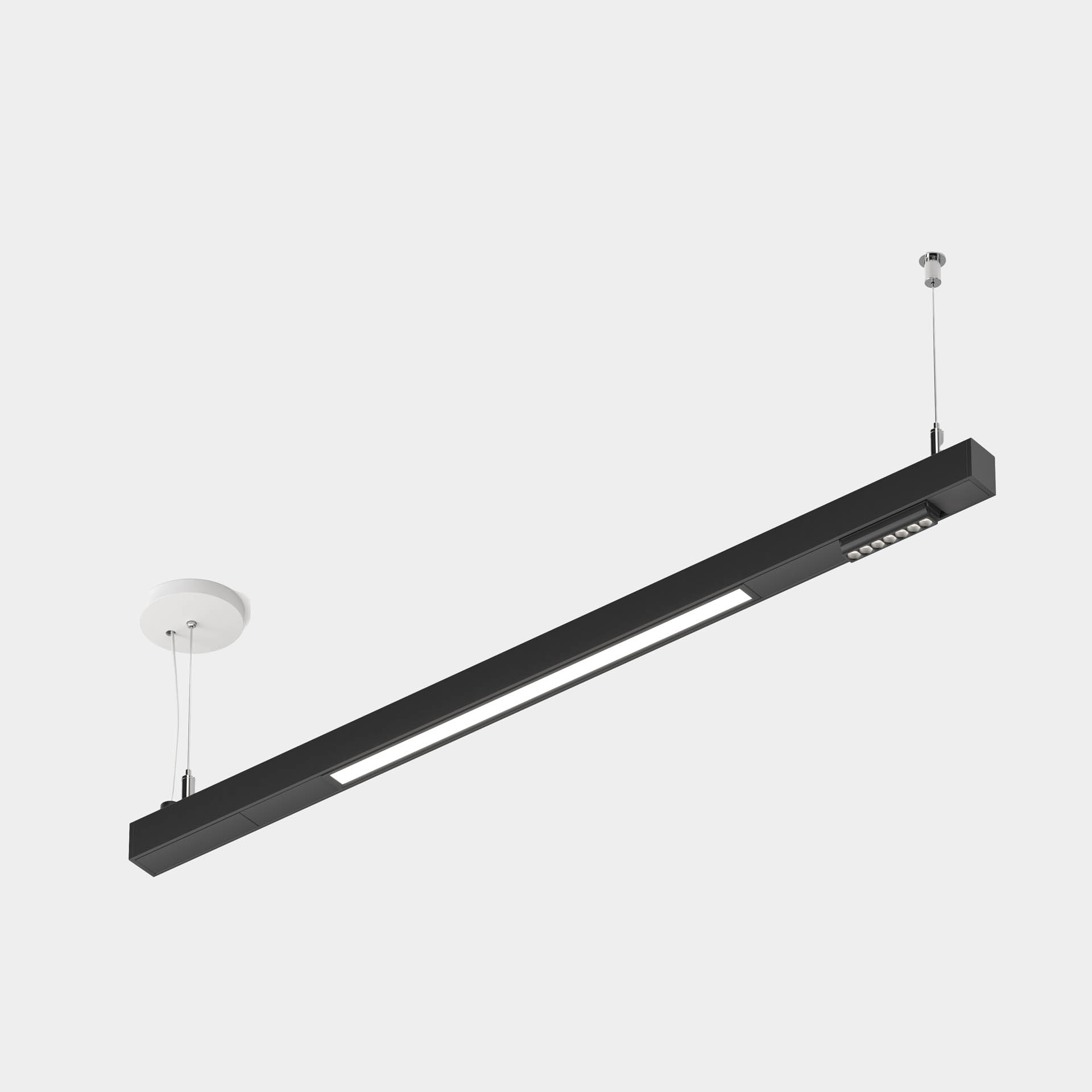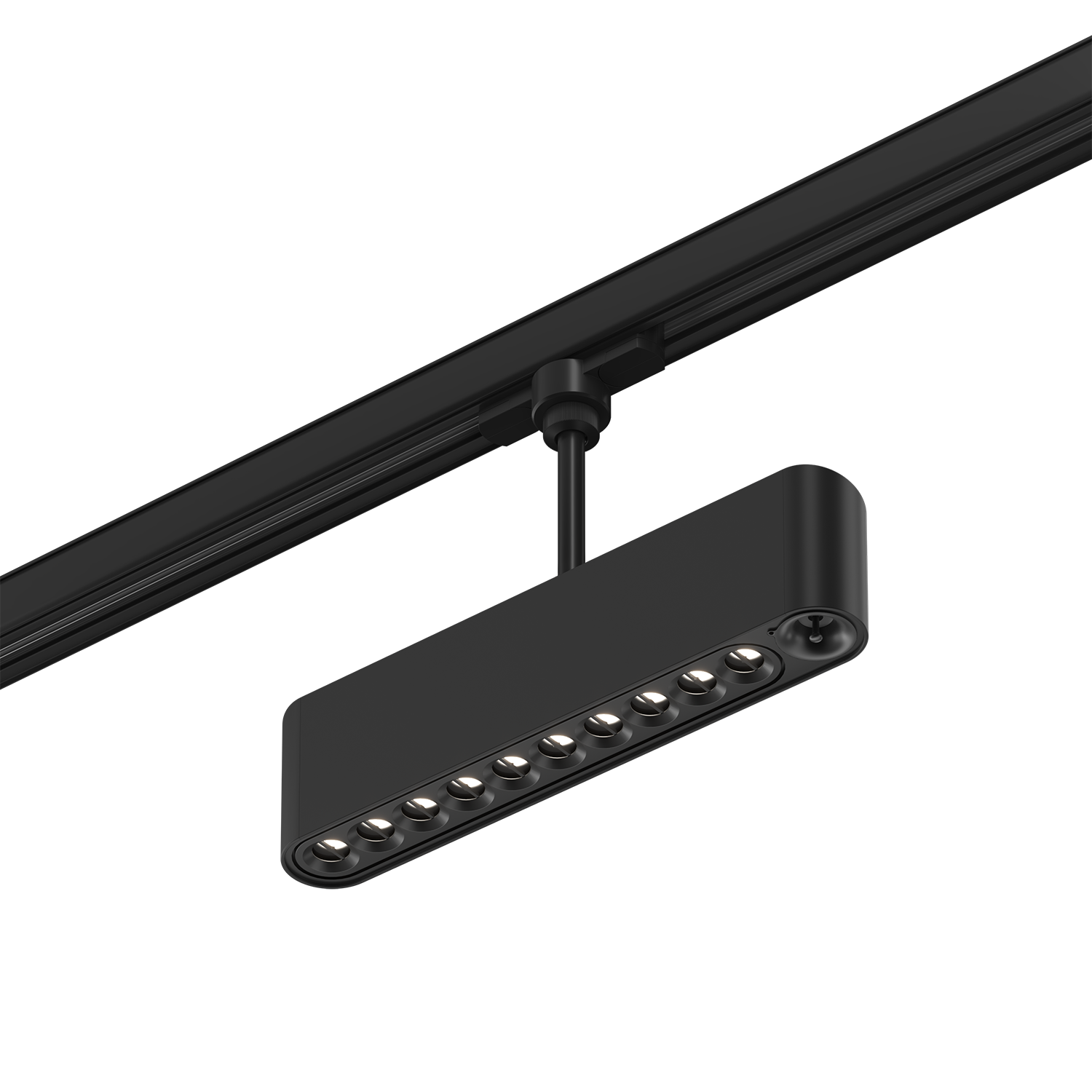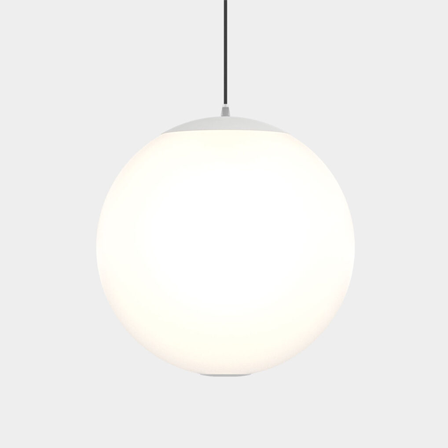iilluminati: Chip Israel
Some people spend their entire lives searching for the light. For others, the light finds them. Chip Israel falls into the latter category. He enjoyed drawing, designing and building things as a child, whether creating houses with Legos or building go-karts out of wagons. Brilliant colors emanating from stained glass, lightning storms, sunrises and sunsets also captured his eye during his formative years. It wasn’t until his third year of studying architectural engineering in college, however, that he discovered his true calling: lighting design.
As founder and CEO of Lighting Design Alliance (LDA), a full-service architectural lighting design firm based in Long Beach, California, Israel shares his innate passion for light with clients around the globe. Israel and his team illuminate fantastical and world-renowned projects, such as the Bellagio Shanghai, Microsoft’s Fifth Avenue Store in New York, Louis Vuitton boutiques and Disney’s Wilderness Lodge. He’s also actively involved in a number of professional organizations to magnify the lighting design industry’s positive influence on the people and communities it serves.
We were honored to have the opportunity to interview Israel and learn about his illustrious career in lighting design. Read the interview to discover his intriguing career path, advice for lighting designers, predictions for the industry’s future and expert pieces of knowledge for designers and architects alike.
If you could articulate your philosophy about light in one sentence, what would you say?
This continually changes. When starting LDA, I would continually repeat, “feature the features, not the fixtures.” A decade ago, I would have said, “the most efficient light is the one you turn off.” A year ago, I might have said, “light is a very powerful and predictable design element; learn how to use it, and by using it sparingly, you can create magical spaces.” With the recent events in the world over the past four months, I would go back to one of my earliest beliefs, “always do the right thing!”
What advice would you give to lighting designers starting out in the field?
Run! Seriously, the lighting community is the best. It is very supportive and you can make a successful career out of it. But, it should be your passion and you have to get involved. Your formal training was just the beginning; your education through professional practice will allow your career to flourish. You should be the first one to volunteer to go to the job site and assist with an installation, even if you aren’t getting paid for it.
My other advice is stay with your first or current job for several years. If you haven’t completed a cycle (design, bid, VE, CA services and a focus or commissioning at the end), you haven’t learned anything. You need to see your successes and your mistakes.
Finally, get involved in professional societies. It can be lighting, adjunct designs or even philanthropic organizations. Just by attending, you will learn how to work with all different kinds of people. I always say that what I have offered up to the Designers Lighting Forum, International Association of Lighting Designers and Illuminating Engineering Society has been paid back to me tenfold—either by making business connections that allow me to be more successful at my job, or even better, lifelong friends that just happen to be in the design field.
What should lighting designers be discussing today?
Any topic is great as long as they are talking. Health and well-being is great and potentially more exciting than the Internet of Things. Any discussion and even disagreement is okay and healthy. Trust me, I am married with two grown daughters—I don’t often get my way. My father spent his entire life working for one company. I will spend my entire career working in the same industry.
For the next generation, the job that they will be doing hasn’t been invented yet. So get a strong foundation and learn your trade, learn how to communicate effectively and get involved so that you will have peers to fall back on for support. That way, you will be ready for whatever you end up doing.
What should architects be discussing in terms of lighting a space today?
If they are discussing lighting, that is a great first step. Too often, we get a brief and it consists of what and where the decorative fixtures will be placed. That is not lighting. I would hope that it would start with daylighting affecting the building form and fenestration, followed by an in-depth discussion of what the lighting should be doing in the space. Finally, establish a proper budget for the lighting. Great architects might go with a slightly cheaper granite floor, so that a proper lighting budget can be achieved.
What’s the most valuable lighting tip you can share?
Work hard. These are tough times and staffing cuts could impact your employment. That’s unfortunate and I am sorry. However, those who have always worked hard will be the last ones cut and the first ones rehired. That is a fact. More importantly, by working hard, your level of knowledge and your personal career will benefit. Yes, we all want a balance of life and work and that is important. These world events may also show that folks can work remotely without affecting productivity, which will transform our work culture down the road.
Finally, when in doubt, illuminate the walls.
Where do you think the lighting design industry is headed? How do you feel about the direction it’s taking?
I have no clue. Will the economy bounce back quickly? Right now, money is incredibly cheap and the stock market is almost fully recovered. These are elements that inspire developers to take risks and to create new projects. It might seem like an impossible stretch, but lighting designers should be looking to purchase new offices right now. It is a great retirement plan and I believe that prices will always go up. Remember, if you never take the risk, you can never receive the reward.
In terms of product innovation, what are you most excited about in terms of future products or technology still in the early stages?
The hot topic since COVID-19 is UVA, UVB and UVC lighting. The Illuminating Engineering Society had a great four-hour webinar on it. Learn about it as your clients will be asking you about it shortly.
How would you describe your lighting or artistic style?
No one has one design style. You must develop solutions that meet that individual project’s requirements. I do enjoy themed projects, and luckily, we are blessed with clients like Disney, Universal Studios and more than fifty different casinos.
Each project is unique. The fun begins with historical research into the project location, the culture and the anticipated theme and clientele base. Then, a simple or complex storyline is developed. If all design disciples continually refer back to that same storyline, then you end up with a consistent project.
In the beginning of design, architects like Frank Lloyd Wright would design everything; the light fixtures, furniture and even the dishes. Now with multiple consultants working in various offices in cities around the world, we need this consistent storyline. For architectural projects, I like to review the architectural or interior designs and communicate with the designers to see what overall project inspiration they are trying to achieve. Then looking at their design, I figure out the best way to highlight or express their features, and in the best case, do it in a way to conceal all of our lighting hardware.
Many times, you don’t notice our lighting in our best projects. Hopefully, as architectural designs, uses of spaces and technologies evolve, our designs will evolve, too. However, we must always consider the guests within the space and create the appropriate lighting system for them.
Tell us about one of your favorite lighting techniques and why?
Probably uplighting. Many will think of indirect lighting, which I love. It can open up the volume of a space, provide glare-free illumination, and when combined with a portion of direct lighting, it can create an incredible space. However, I’m talking about accent uplighting. Perhaps because it’s shadows are opposite of the sun’s, it’s always more dramatic to me. All of the theatrically trained folks know this. The key is to conceal the fixtures and to eliminate all of the source glare.
What types of spaces or projects do you enjoy illuminating?
I know this sounds really corny, but all of them. We are doing many multi-family residential projects and they can be just as inspiring as a sculptural bridge. If you are passionate about design and committed to making the project better through your lighting, no matter what the budget or scope of services, you will enjoy the project. Sure, many times, it is like having a baby. Perhaps nine months of pain and screaming, but when the project is over and open, there is a great sense of accomplishment and satisfaction.
Can you tell us about one of your favorite lighting projects? What was it about the final product that made it a standout project for you?
I always go back to my “Breakout” project, Disney’s The Mediterranean and Wilderness Lodge. The Mediterranean was my first Disney project and I didn’t want to screw it up. I felt like I had to spend every hour of the day designing and double-checking everything. After all, I was 28 years old and I was working with both architect Antoinne Predock and Mickey Mouse. Unfortunately, it was never built.
Concurrently, I was designing the Wilderness Lodge and it was so inspiring. It included lodge styling, which I love, but unlike the Med, I wanted—no—I had to spend every minute designing and refining the design. I can remember sketching countless custom fixtures on every flight. The project was so successful because it looks like it was designed by a single person. Little things like the logo on the menu was incorporated into the hostess stand, and it was integrated into our custom chandeliers.
What made it rewarding was the mutual respect that the design team had for one another. Originally designed to match the Old Faithful Inn with dark wood and glaring windows, the experienced design team allowed us to lighten reflectivities, add concealed uplights in the trusses and invisible downlights in giant teepee chandeliers to add drama. Disney also allowed us to incorporate new compact green technology fluorescent lamps. If you ask nicely, I will even share with you where the hidden Mickey Mouse is!
What’s one of your most profound memories as a lighting designer?
I am so proud of our staff. When they win a design award, I feel like their parent and I want to display it. When junior staff members make a recommendation, I am equally as proud. When we gather as a team or more like a family and do a charitable project, it is equally as rewarding. After completing 6,000 projects, it is really the experiences with staff, clients and competitors that make this the greatest industry.
Who or what do you look to for inspiration?
Everywhere. Nature is a natural inspiration. Strong, warm sunlight and the bold shadows it creates. Ultimately, it is the architecture that is the inspiration. I know that we can wrap every surface with flashing LEDs, and sometimes that is the right solution. However, when our designs are in harmony with the rest of the design team, the project is truly successful in my eyes.
What inspired you to pursue a career in lighting?
I have always been drawn to drawing, designing and building things. From an early age, I remember tracing and drawing pictures, building with Legos, fabricating skateboards out of steel roller skates and building go-karts out of wagons. I was very fortunate to take drafting and even architecture classes in high school. Up until this time, I still had no exposure to lighting, other than staring at the beautiful stained glass in our church or being mesmerized by brilliant sunrises, sunsets and lightning storms. I knew that I wanted to attend Pennsylvania State University and my father suggested enrolling in an engineering program. I complied, and in the College of Engineering booklet, “Architectural Engineering” was on the very first page.
Even though I was enrolled in the program, I still didn’t know exactly what architectural engineering was. It was during my third year that I was introduced to lighting; more of an illuminating engineering approach, but it was lighting. Our assignments were to read the Illuminating Engineering Society’s handbook, which I actually really enjoyed. Looking back, that is when I became a “bulbhead.” I must say, I equally enjoyed all of my structural classes and even the HVAC design.
During my summers and holiday breaks, I was fortunate to work for an architectural firm. As I had one introductory lighting class, I was their lighting expert, designing lighting and selecting controls. In my final year I attended a career fair where I saw the Lutron dimmers that I had previously specified. I had never seen them before, only in a paper catalog. After asking many questions and playing with the display, the recruiter thought Lutron should be part of my career path. A fews months later, I was working for them. My first job allowed me to work in all areas of Lutron, from technical support, engineering to even customer service. Those experiences helped create the foundation to assist in running my own business one day. Likewise, my interest in all aspects of design, building construction and the architectural engineering curriculum definitely helped fast-track my career.
Can you walk us through your career path?
After graduating from Penn State with a degree in architectural engineering, I went to work for a controls manufacturer, Lutron Electronics. It wasn’t the design that I imagined as a kid, but it allowed me to express creativity in many ways. After becoming engaged, I accepted a position with Grenald Associates in Philadelphia. Later that firm became known as Grenald Waldron. Once married, I transferred to the Los Angeles office where I was fortunate to work under one of the International Association of Lighting Designers’ (IALD) original founding members, Raymond Grenald.
Ray was an architect, but he learned to apply lighting by observing people, projects and design installations. You could say that he helped me “see” lighting, probably for the first time. Ray would continually question me on my designs, and why I was doing a particular solution. If passionate and convicted to the design, he would allow me to keep the design, assuming there were no basic flaws. So, please always know what and why you are including certain items in your design. You will be more confident and convincing in your presentations.
I would credit Ray for turning me from an illuminating engineer to a fledgling lighting designer. At the same time, one of my local mentors was Lesley Wheel. She was inspirational and passionate about design. As a result, she ended up volunteering me for organizations like the Designers Lighting Forum, which within a year I was president. Later, she nominated me for IALD Western Regional Chair, even though I wasn’t even a member. Her continual pushing me allowed me to shyly get involved and develop a professional career, while helping to promote the lighting community and lighting education.
I learned so much by being involved with these outside organizations and listening to these industry leaders. This included how to judge awards, select interns and present. I cherished our design, professional and personal conversations, and I still miss her a decade after her passing. In 1992, with the pushing of industry icon Jack Zuckerman, I purchased the Los Angeles office of Grenald Associates and created Lighting Design Alliance. We started out with three staff members and have averaged between 25 to 30 very talented designers ever since.










